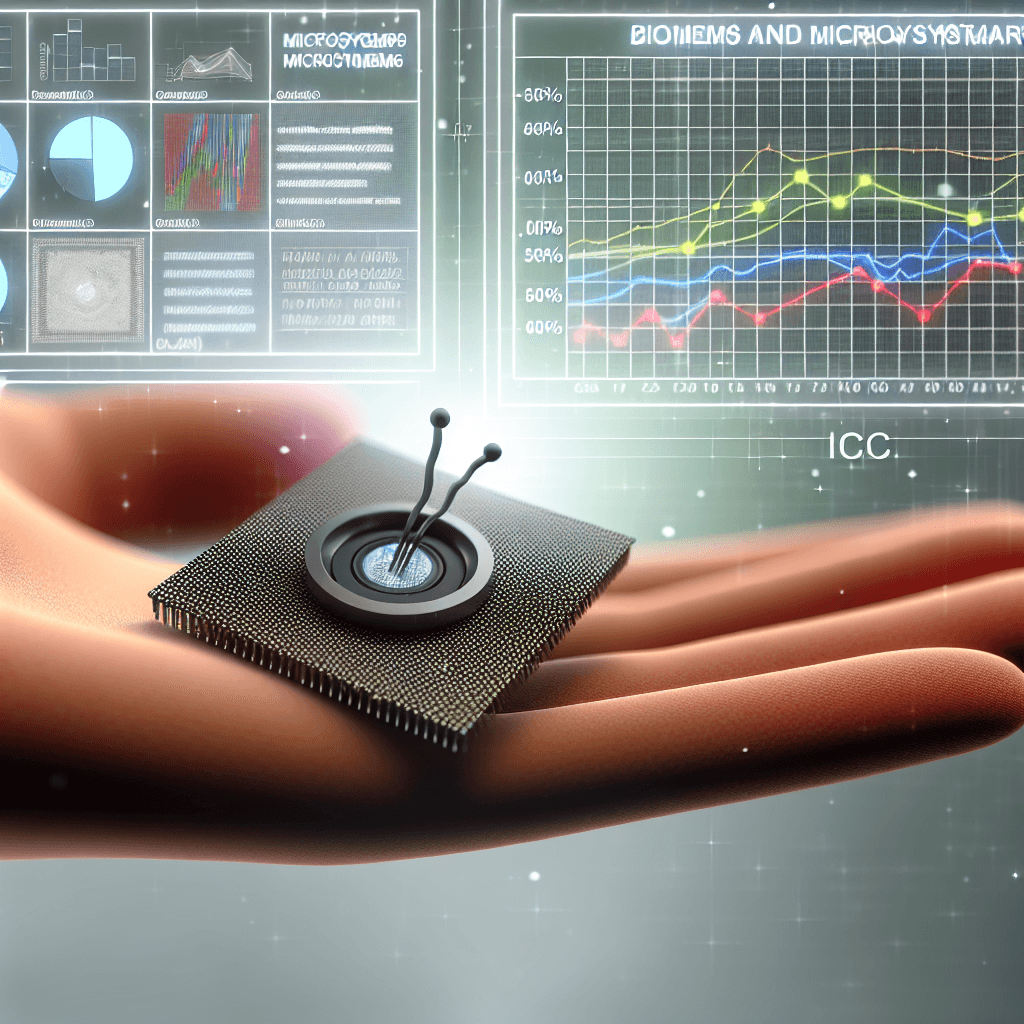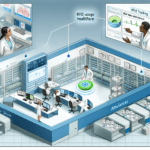Explore the BioMEMS and Microsystem in Healthcare market size, share, and forecasts in our comprehensive analysis.
BioMEMS And Microsystem In Healthcare Market Size, Share & Forecast

Table of Contents
- BioMEMS and Microsystems in Healthcare: Market Size, Share & Forecast
- Understanding BioMEMS and Microsystems
- Current Market Overview
- Key Applications of BioMEMS in Healthcare
- Driving Factors Behind Market Growth
- Regional Insights
- Challenges and Limitations
- Future Trends and Innovations
- Case Studies
- Conclusion
BioMEMS and Microsystems in Healthcare: Market Size, Share & Forecast

The integration of microelectromechanical systems (MEMS) technology into the healthcare sector, commonly referred to as BioMEMS, is revolutionizing medical diagnostics, treatment, and research. This article delves into the current market size, share, and future forecasts of BioMEMS and microsystems in healthcare, highlighting their applications, driving factors, and emerging trends.
Understanding BioMEMS and Microsystems
BioMEMS are miniature devices designed to interact with biological systems. These devices often integrate mechanical, electrical, and biological components at a microscale. Microsystems in healthcare often refer to the integration of these tiny systems into devices that can perform complex medical tasks with high precision and efficiency.
Current Market Overview
The global BioMEMS market has witnessed substantial growth due to the increasing demand for advanced diagnostic and treatment options. According to a recent report, the market was valued at approximately USD 2.5 billion in 2020 and is projected to reach USD 6.9 billion by 2028, growing at a compound annual growth rate (CAGR) of 13.2% during the forecast period.
Key Applications of BioMEMS in Healthcare
- Diagnostic Devices: BioMEMS are extensively used in lab-on-a-chip devices that allow rapid, on-site disease diagnostics.
- Drug Delivery Systems: Microscale pumps and dispensers enable controlled drug delivery, essential for chronic diseases like diabetes.
- Implantable Devices: These include microsensors and actuators used in implants for monitoring and treating conditions such as heart diseases and glaucoma.
Driving Factors Behind Market Growth
Several factors contribute to the expanding BioMEMS market:
- Technological Advancements: Continuous improvements in microfabrication have enhanced the performance and reliability of BioMEMS devices.
- Increasing Healthcare Expenditure: As global healthcare spending grows, so does the investment in advanced technologies like BioMEMS.
- Rising Prevalence of Chronic Diseases: Chronic diseases require novel and efficient management strategies, which BioMEMS can provide.
- Demand for Personalized Medicine: BioMEMS technology supports the development of personalized medical treatments based on individual genetic profiles.
Regional Insights
The North American region dominates the BioMEMS market due to its advanced healthcare infrastructure, high healthcare expenditure, and strong presence of key market players. Europe follows closely, driven by its robust research environment and supportive government policies. The Asia-Pacific region is expected to witness the highest growth rate due to increasing healthcare awareness, rising chronic diseases, and improvements in healthcare facilities.
Challenges and Limitations
Despite the promising growth, the BioMEMS market faces several challenges:
- High Cost of Development: The design and manufacturing of BioMEMS involve high costs, which can hinder their adoption.
- Regulatory Hurdles: Stringent regulations for approval of medical devices can delay the introduction of new BioMEMS products to the market.
- Technical Challenges: Issues such as biocompatibility, sterilization, and integration with existing systems need to be addressed to enhance the functionality and acceptance of BioMEMS.
Future Trends and Innovations
Emerging trends in the BioMEMS market include:
- Integration with Artificial Intelligence (AI): AI can enhance the capabilities of BioMEMS devices, enabling smarter diagnostics and treatment solutions.
- Advancements in Nanotechnology: Nanoscale BioMEMS are being developed for even more precise interactions with biological systems.
- Wireless Communication: Incorporating wireless capabilities in BioMEMS devices for real-time health monitoring and data transfer.
Case Studies
One notable example of BioMEMS in action is the development of glucose monitoring systems that utilize microfluidic chips to analyze blood samples. Another case is the use of microscale pumps in drug delivery systems that provide precise dosages for patients with chronic conditions, improving therapeutic outcomes.
Conclusion
The BioMEMS and microsystems market in healthcare is poised for significant growth, driven by technological advancements, increasing healthcare demands, and the rising prevalence of chronic diseases. While challenges such as high development costs and regulatory complexities exist, the future holds promising innovations that could further transform healthcare delivery. Stakeholders in the healthcare sector should consider investing in this burgeoning technology to enhance patient care and capitalize on the upcoming market opportunities.
In conclusion, as the BioMEMS technology continues to evolve, it will likely become an integral part of more efficient, personalized, and advanced healthcare solutions, making it a critical area for ongoing research and investment.








